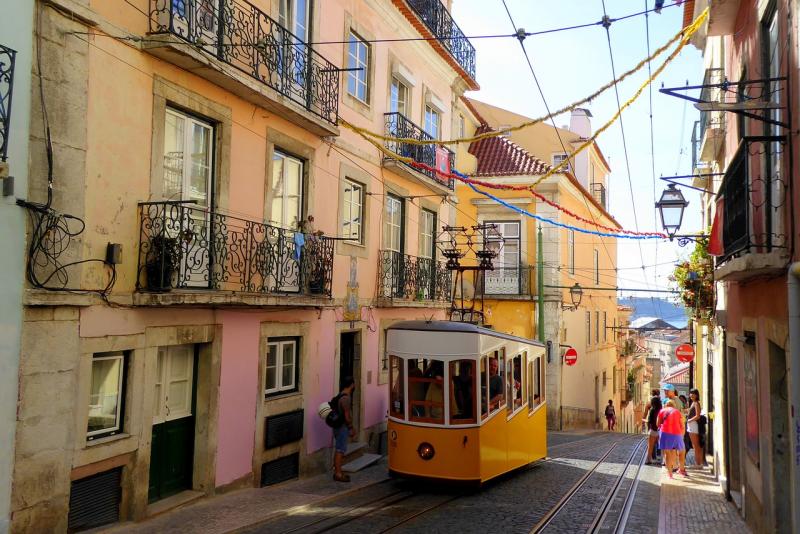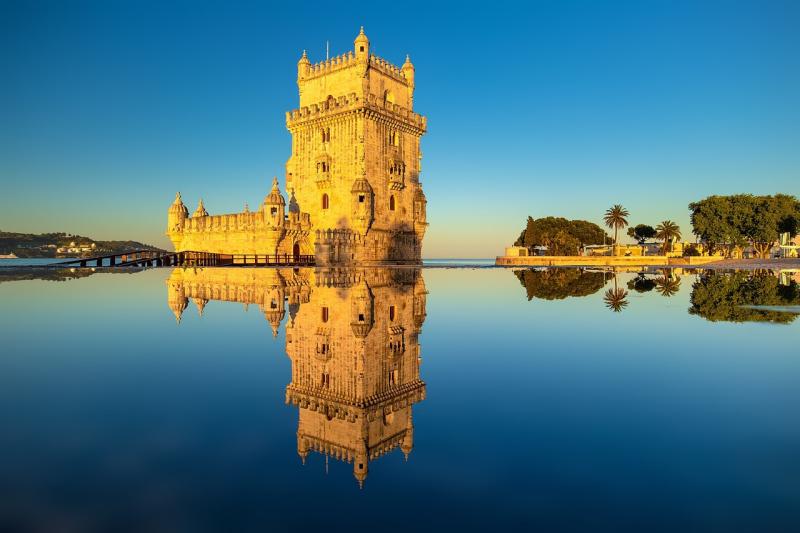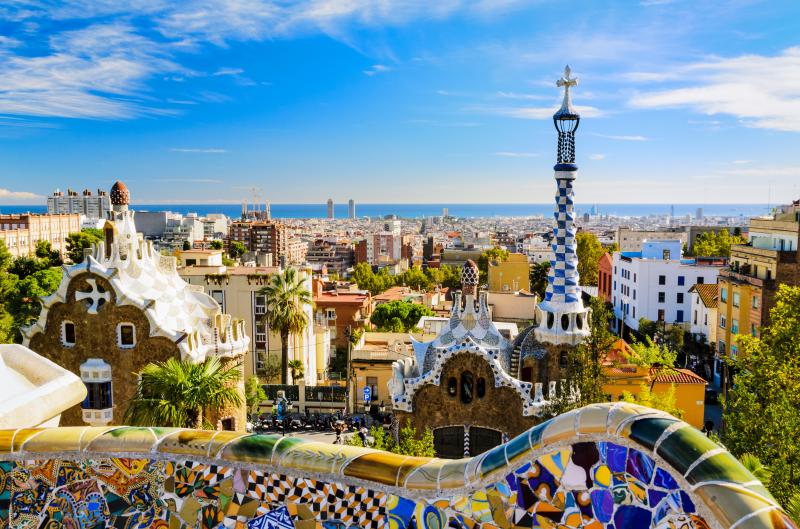View It
Visit It
Lisbon
Portugal
Visit Lisbon
Lisbon, the sun-kissed capital of Portugal, is a city where old-world charm meets contemporary vibrancy. Perched on the edge of the Atlantic Ocean, Lisbon is a city of steep hills, historic neighborhoods, and an enchanting cultural tapestry. The city's landscape is a picturesque collection of cobbled streets, ancient ruins, and white-domed cathedrals, all set against the backdrop of dazzling blue waters. As you explore Lisbon, the scent of fresh seafood and the sound of traditional Fado music provide a sensory feast that is as integral to the city as its sights.
One of the most iconic areas to visit is the Alfama district, the oldest neighborhood in Lisbon, which survived the great earthquake of 1755. Wandering through its labyrinthine streets, you can feel the soul of the city in the laundry-draped balconies, the tiled façades, and the small squares where locals gather to chat. The area is also home to the São Jorge Castle, offering panoramic views of the city's terracotta rooftops and the Tagus River. As night falls, the narrow streets of Alfama come alive with the melancholic tunes of Fado that resonate from the traditional taverns.
Beyond Alfama, venture to the Belém district where you'll find monuments that tell the tales of Portugal's Age of Discoveries. The Jerónimos Monastery and Belém Tower, both UNESCO World Heritage sites, are masterpieces of the Manueline architectural style. Nearby, you can taste the famous pastéis de Belém, a delicious custard tart that originated in this area. For a contemporary twist, head to the LX Factory, a vibrant creative hub located in a repurposed industrial complex, offering a mix of shops, cafes, and art spaces.
Lisbon's appeal is not just in its historical narrative or its culinary delights; it's also in its laid-back, welcoming atmosphere. Whether you're riding the vintage trams up one of the city's seven hills, watching the sunset from a miradouro (viewpoint), or enjoying a night out in the bustling Bairro Alto, Lisbon invites you to slow down and savor every moment. The city is a blend of the old and the new, where the past is always present, and every street corner tells a story. It's a place that effortlessly charms visitors, making them long to return even before they've left.
Lisbon Monthly Weather Conditions
LOW
TEMP
HIGH
TEMP
DAYS OF PRECIP.
January
46°F
57°F
14
February
50°F
59°F
11
March
50°F
63°F
11
April
53°F
66°F
11
May
57°F
68°F
7
June
59°F
77°F
7
July
64°F
82°F
5
August
64°F
82°F
4
September
63°F
77°F
7
October
57°F
73°F
7
November
52°F
64°F
11
December
46°F
57°F
11
Need to Know Before You Go To Lisbon
Find your Next Adventure in Lisbon
Explore Lisbon
- Oldest City in Western Europe
Lisbon is one of the oldest cities in Western Europe, predating other modern European capitals such as London, Paris, and Rome by centuries. Some historians estimate that it was settled by the Phoenicians around 1200 BC.
- The Great Earthquake
In 1755, Lisbon was struck by a massive earthquake, followed by a tsunami and fires that almost completely destroyed the city. The reconstruction led by the Marquis of Pombal is a prime example of early urban planning.
- Trams
Lisbon is famous for its quaint yellow trams, particularly Tram 28, which winds through the city’s most historic neighborhoods. These trams have been in operation since the 19th century.
- Fado Music
Lisbon is the heart of Fado music, a traditional form of Portuguese singing that is often melancholic and deeply emotional. It is commonly performed in many bars and restaurants across the city.
- A City of Seven Hills
Much like Rome, Lisbon is famously built across seven hills, which means visitors can enjoy spectacular panoramic views from various points across the city.
- The Age of Discoveries
Lisbon was a pivotal base during the Age of Discoveries when Portuguese explorers like Vasco da Gama and Ferdinand Magellan set sail to chart unknown waters and lands. The Monument to the Discoveries celebrates this era.
- Lisbon’s Underwater Cemetery
The Doca de Alcântara in Lisbon is an underwater cemetery for sunken ships from the Age of Discoveries.
- Ginjinha Bars
Lisbon is known for its Ginjinha bars where you can taste the local sour cherry liqueur. The oldest and most famous bar, A Ginjinha, has been serving it since 1840.
- The World’s Smallest Bookstore
Lisbon is home to Bertrand Bookstore, which opened in 1732 and is recognized by the Guinness Book of World Records as the world’s oldest operating bookstore. It also claims to have the world's smallest bookstore in the district of Alfama.
- Lisbon Oceanarium
One of the largest indoor aquariums in Europe, the Lisbon Oceanarium is renowned for its innovative layout and environmental education efforts. It houses a vast array of marine species, displayed in impressive, large-scale exhibits.
Featured Picture Gallery

The Monument of Discoveries was Built to Commemorate the 500th Anniversary Death of Prince Harry the Navigator

Explore the Colorful Architecture of Libson

The Torre de Belem was Built to Defend Libson from Enemy Ships

Terreiro do Paco is a Must See Destination for Tourists
Explore Similar Locations
Barcelona

Florence

Tuscany

Venice

